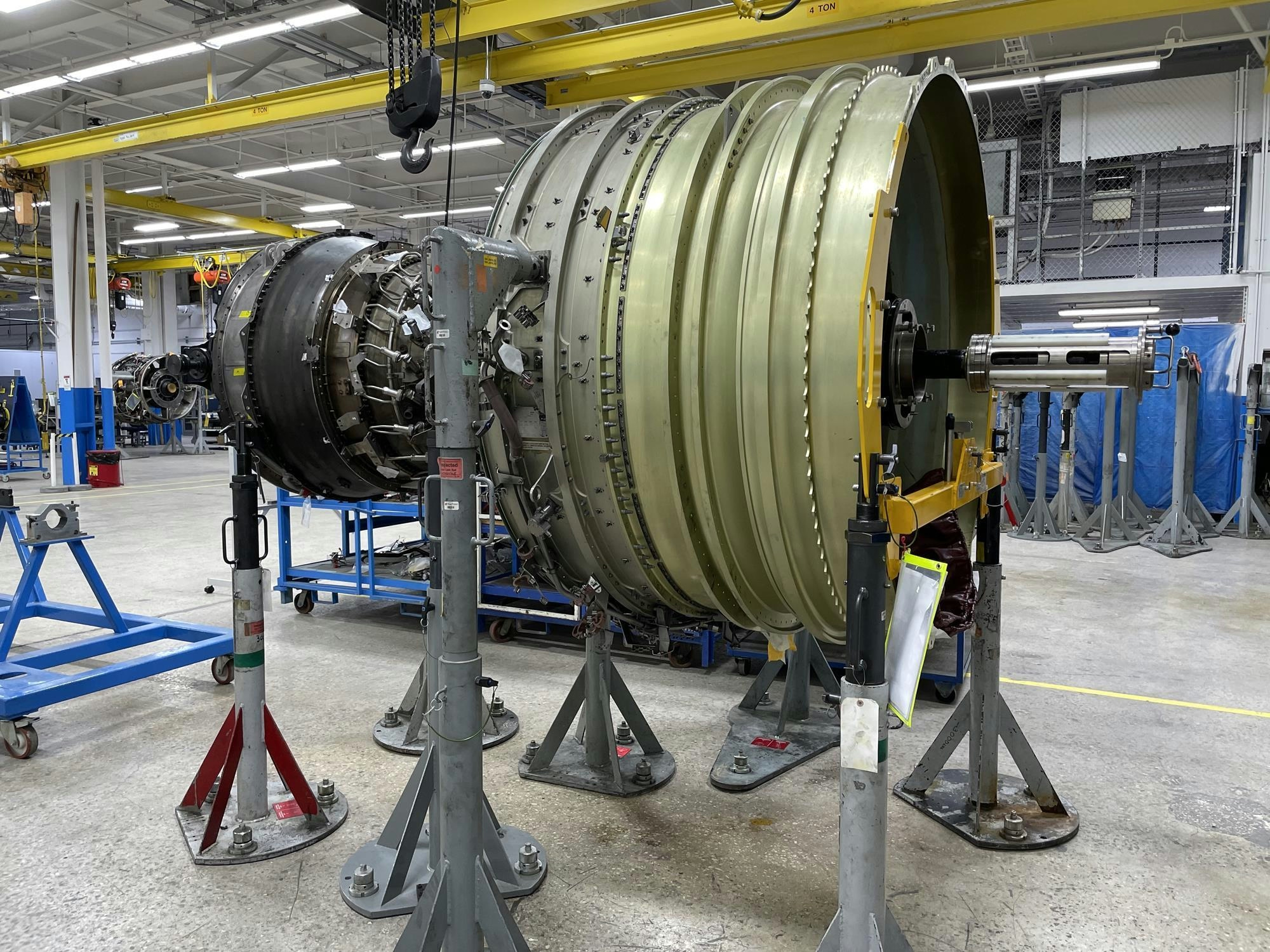
AeroGenie — Seu copiloto inteligente.
Tendências
Categories
Comparing Window Sizes on the Boeing 777-300ER and Airbus A350
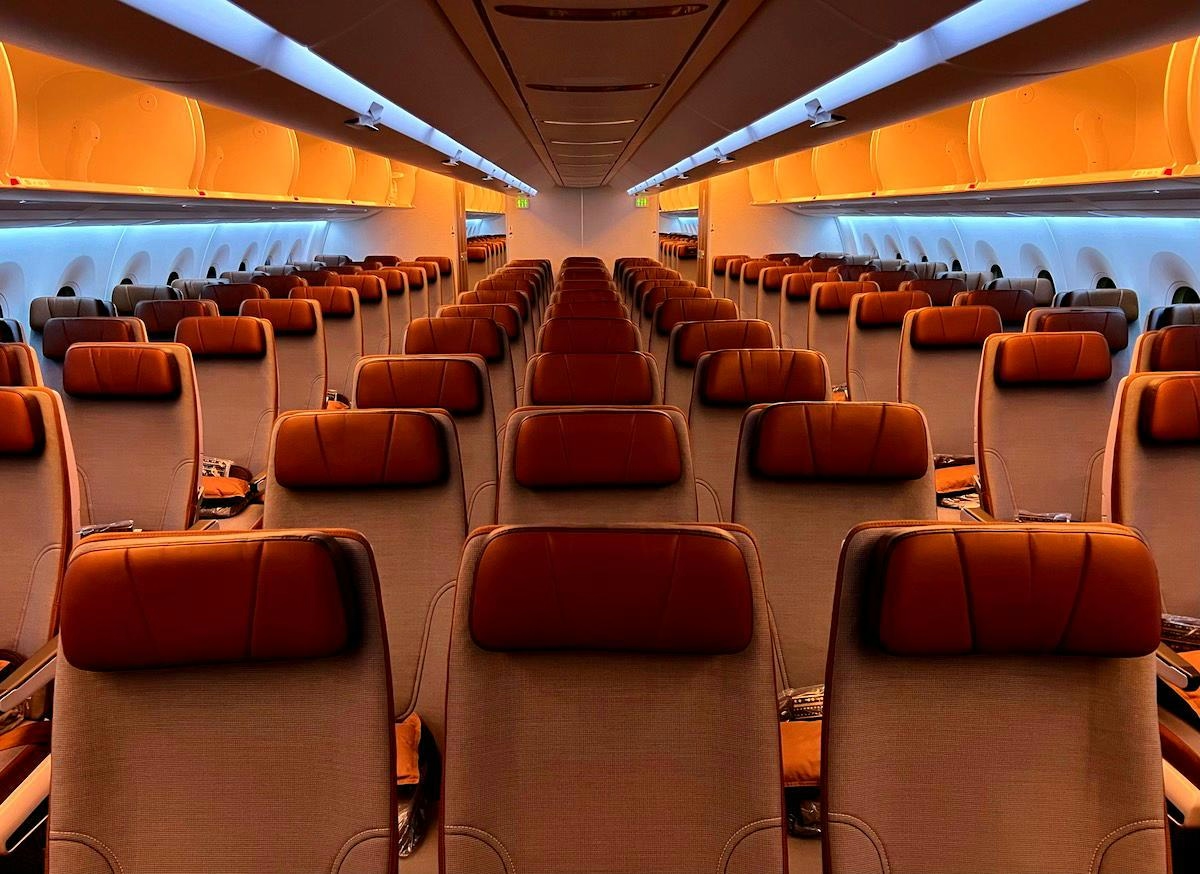
Comparing Window Sizes on the Boeing 777-300ER and Airbus A350
The Airbus A350 stands as the latest widebody innovation from Airbus, conceived as a clean-sheet design to compete directly with Boeing’s advanced twin-aisle aircraft. Both the A350 and its American counterpart, the Boeing 777-300ER, are renowned for their modern cabins, featuring high ceilings, spacious pivot-style overhead bins, and lower cabin altitudes—elements that collectively enhance passenger comfort on long-haul journeys. Among the most prominent improvements highlighted by both manufacturers are larger cabin windows, which promise passengers improved views and a brighter travel environment.
Window Size Comparison and Design Evolution
In terms of window dimensions, the Boeing 777-300ER holds a clear advantage. Its windows are larger than those on the A350, contributing to the aircraft’s reputation for a more open and airy cabin atmosphere. The A350, while offering the largest windows of any Airbus widebody to date, still falls short when compared to the 777-300ER. Specifically, the A350’s windows measure 9.5 inches by 13.5 inches (24.13 cm by 34.29 cm) and feature a distinctive oval shape. By contrast, the 777-300ER’s windows are slightly larger, enhancing the sense of spaciousness for passengers.
For further context, the A350’s windows represent a significant improvement over earlier Airbus models such as the A330 and A340, which have smaller windows measuring nine inches by 12.3 inches (22.9 cm by 31.2 cm). However, the A350’s windows remain smaller than those on the Airbus A220, which measure 11 inches by 16 inches (27.94 cm by 40.6 cm), and are notably smaller than the industry-leading Boeing 787 windows, which measure 10.7 inches by 18.4 inches (27.2 cm by 46.7 cm).
Strategic Design Choices and Market Positioning
The differences in window size reflect broader strategic approaches by both manufacturers aimed at attracting airlines and passengers. The Boeing 777-300ER, introduced in 2004 as an evolution of the original 777 family, incorporates aerodynamic refinements, increased maximum takeoff weight, and updated GE90 engines. Its larger windows form part of a comprehensive suite of enhancements designed to elevate the passenger experience and sustain Boeing’s leadership in the long-range widebody market.
Conversely, the Airbus A350 was developed to directly challenge the 777 series, with the A350-900 targeting the 777-200ER and the A350-1000 positioned against the 777-300ER. The A350 is constructed from 53% carbon-composite materials and powered by advanced Rolls-Royce Trent XWB engines. The A350-1000 is more than a mere stretch of the A350-900; it incorporates significant structural and aerodynamic modifications to optimize performance.
Market responses to these cabin differences vary, as airlines consider factors such as passenger comfort, operational efficiency, and brand differentiation when selecting aircraft. Passengers frequently cite window size and cabin spaciousness as critical components of their in-flight experience. In response, both Boeing and Airbus continue to innovate, refining cabin features to meet evolving expectations and maintain their competitive positions.
While the Airbus A350 has advanced window design within the Airbus family, the Boeing 777-300ER’s larger windows contribute to its enduring appeal among airlines and travelers alike.
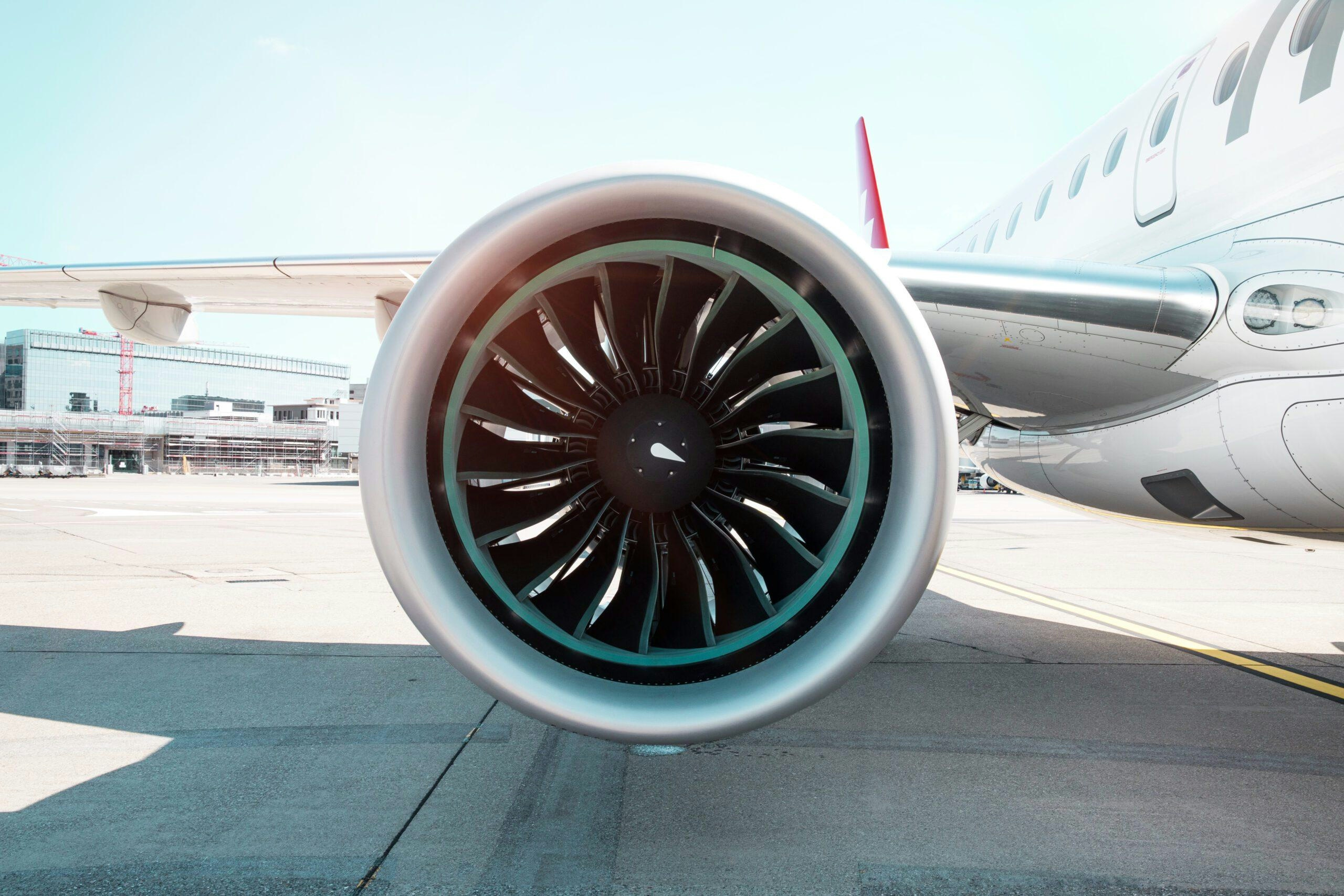
Leading Companies in Aviation Artificial Intelligence: Airbus, Amazon, Lockheed Martin, Tata Power, Thales

Warburg Pincus Acquires Hong Kong-Based Topcast Aviation Supplies
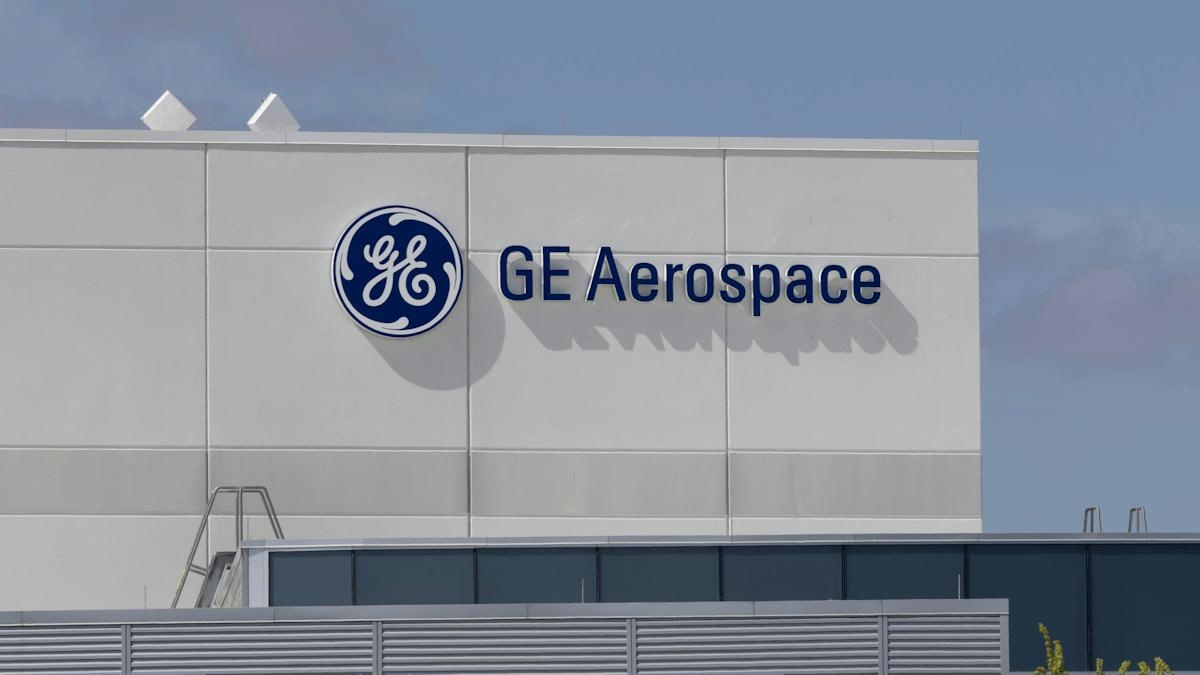
GE Aerospace Expands North Carolina Facility with $53 Million Investment to Address Supply Chain Issues
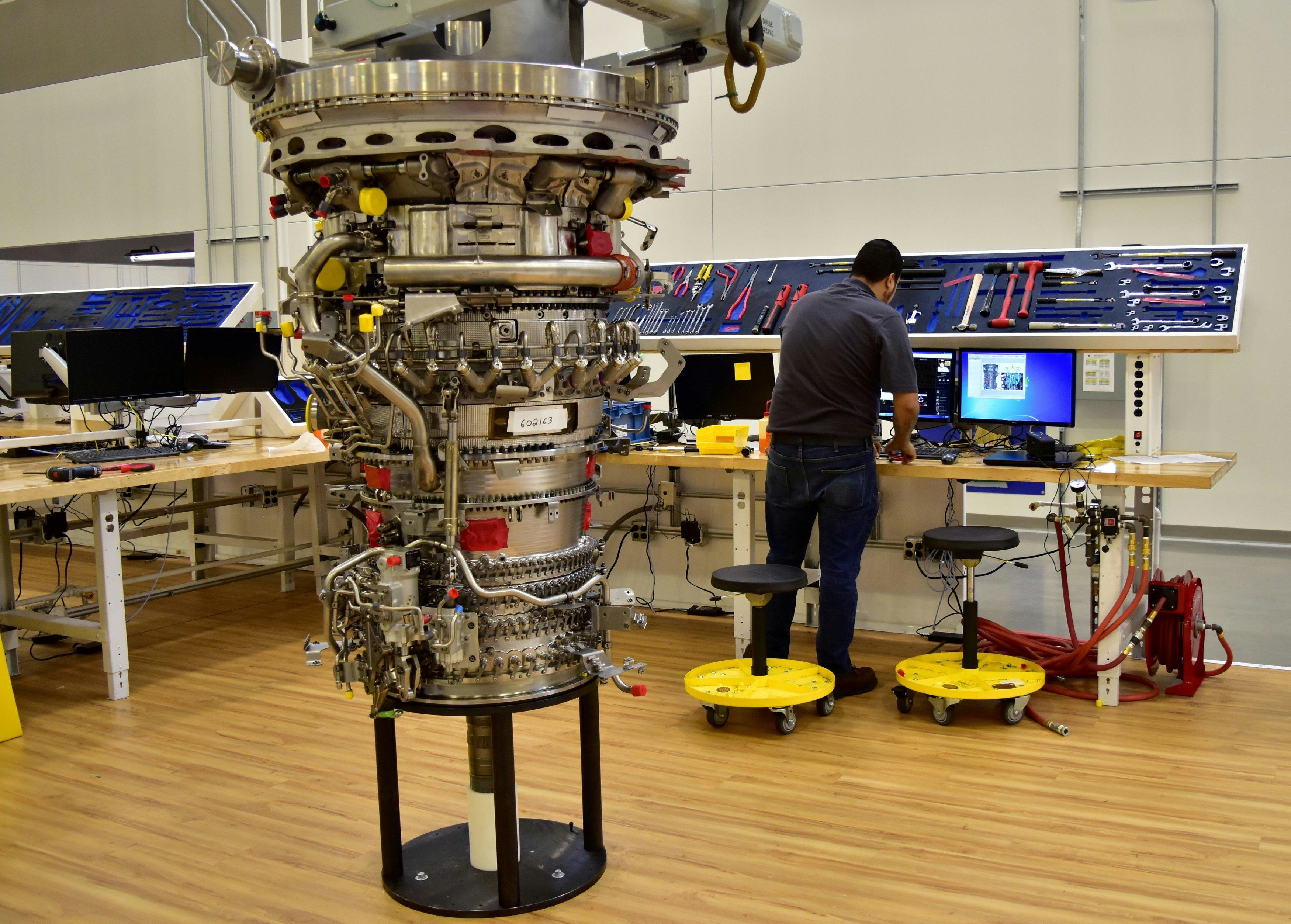
Manufacturer of China’s C919 Secures Capital Injection Amid Supply Chain Issues

Africa’s Aviation Sector Adopts AI Amid Challenges

FTAI Aviation Shares Rise 6.3% Following AI Partnership with Palantir

Airports Innovate 2025 Shapes the Future of Aviation

How Volcanic Ash Disrupts Aircraft Engines

Ethiopia Volcanic Ash Plume Poses Risk to Aviation, DGCA Issues Warning
